VILA FRANCA DO CAMPO
(Municipality of São Miguel)
37°43′00″N 25°26′0″W
Vila Franca do Campo is a Portuguese village on the island of São Miguel, the headquarters of the small Municipality of Vila Franca do Campo with an area of 78.00 km² and 10,323 inhabitants (2021), subdivided into 6 parishes.
The municipality is limited to the north by the municipality of Ribeira Grande, to the east by Povoação, to the west by Lagoa, and to the south it has a coastline on the Atlantic Ocean.
The village is located at latitude 37.71667 (37°41') North and longitude 2.433 (25°26') West. Opposite Vila Franca do Campo, approximately 1200 m from the port of Tagarete, is the islet of Vila Franca, a coastal cone of heavily lithified palagonitic tuffs, which contains within it a flooded caldera of an almost perfectly circular shape.
The Vila Franca Islet has been a nature reserve since 1993 and is an important summer resort.
History
Vila Franca do Campo displays its municipal motto, Quis sicut deus? on its flag and on its coat of arms. This Latin phrase means "Who is like God?" It is a reference to St. Michael the Archangel for whom the island of São Miguel is named; in Hebrew, the name, Michael, means "he who is like God".
Founded in the middle of the 15th century by Gonçalo Vaz Botelho, the settlement was elevated to the status of vila (town) in 1472; Vila Franca do Campo quickly grew into the largest settlement and administrative seat of the island of São Miguel.
The greatest tragedy to befall the Azores occurred on 20 October 1522, when a violent earthquake hit the area of Vila Franca do Campo, then the capital of the archipelago and most important Azorean settlement. During the earthquake and subsequent landslide, 5000 people were killed, with then Captain-Donatário Rui Gonçalves da Câmara II escaping the tragedy: he was relaxing in his summer home in Lagoa at the time of the tragedy. Many of the residents were buried alive from a landslide and debris. Because of its destruction, the capital of São Miguel was transferred to Ponta Delgada, where the Captain-Donatário installed his administration in a residence near the Church of São Pedro. King John III eventually elevated Ponta Delgada to the status of city on 2 April 1546, attracting more and more economic activity and settlement.
In the sequel of the 1582 naval battle off the coast of São Miguel, the Spanish victors had several hundred French and Portuguese prisoners executed in the town.
The town began to prosper again from the 18th century onwards from orange plantations, and later, from pineapple production.
Geography
Vila Franca do Campo Municipality is located east of Ponta Delgada via the Regional E.R.1-1ª roadway, while it is linked by mountain roads to the eastern and northern communities (including Lagoa, Furnas, and Povoação). Most of the mountainous areas of the municipality are forested, and interspersed with pasturelands and fields dedicated to agriculture and grazing.
The climate in this region is mild and humid, with temperatures oscillating between 14 °C (57 °F) and 22 °C (72 °F), and with regular precipitation, responsible for the fertile soils and ravines. These ravines that cross the municipality include the Ribeira da s Três Voltas, Ribeira da Praia, and Ribeira da Mãe d'Água.
The relief of this region is characterized by basaltic rock and projectiles from volcanic activities on the island, forming many of the distinctive geomorphological structures, such as: the islet of Vila Franca, Pico d'El-Rei (674 m), Monte Escuro (890 m), Lombados Pisões (258 m), Miradouro (685 m), Lagoa do Fogo and Ponta da Pirâmide.
Parishes
The parishes in the municipality of Vila Franca do Campo are as follows:
Água de Alto
Ponta Garça
Ribeira das Tainhas
Ribeira Seca
São Miguel (Vila Franca do Campo)
São Pedro (Vila Franca do Campo)
The city of Vila Franca do Campo, seat of the municipality of the same name, is divided into two parishes, São Miguel and São Pedro.
Architecture
Civic
Lighthouse of Ponta Garça (Portuguese: Farol de Ponta Garça), the 20th-century lighthouse includes a single circular tower and main block, similar to other modernist structures of this type, such as the lighthouses of Ponte do Cintrão (Ribeira Grande) and Ponta dos Rosais (Rosais)
Religious
Church of Bom Jesus da Pedra (Portuguese: Igreja e hospital da Misericórdia de Vila Franca do Campo/Igreja do Espírito Santo/Igreja do Bom Jesus da Pedra), the hospital was instituted in 1483, after Isabel Gonçalves (widow of Afonso Gonçalves), donated the home in which she lived (after her heirs refused the home and were disinherited). After 1552 the building was already referred to as a possession of the Santa Casa da Misericórdia, where a chapel/church was part of the building. Over the intervening years, the church evolved into a complex three-nave structure, decorated in the Manueline style with ornate frontispiece and doorways.
Church of Bom Jesus Menino (Portuguese: Igreja Paroquial de Ribeira das Taínhas/Igreja do Bom Jesus Menino), the simple church, includes a plain facade with an oculus over the doorway;
Church of São João Baptista (Portuguese: Ermida de São João Baptista/Igreja de São João Baptista)
Church of São Lazaro (Portuguese: Igreja Paroquial de Água de Alto/Igreja de São Lázaro), the three-story 18th-century church is secluded in the upper roads of Água de Alto, first referenced in the testament of João Afonso, of Grotas Fundas in 1511;
Church of São Miguel Arcanjo (Portuguese: Igreja Matriz de Vila Franca do Campo/Igreja de São Miguel Arcanjo), often confused as the Church of Nossa Senhora da Pedra, the 15th-century church is one of the oldest in the Azores, with unpainted brick facade and ornate interior that includes 16th-century organ, gilded and azulejo-decorated chancel;
Church of Nossa Senhora da Piedade (Portuguese: Igreja Paroquial de Ponta Garça/Igreja de Nossa Senhora da Piedade), the 3-story simple Manuelinesque church developed from the construction of a small temple in 1530, through the initiative of Lopo Anes de Araújo, son in law of Rui Vaz, in a letter dated 15 January 1696;
Convent of São Francisco (Portuguese: Convento de São Francisco), the convent of Saint Francis of Assisi was reconstructed following the 1522 earthquake to house religious sisters, but following several social convulsions, in the late 20th century it was readapted as local tourist lodging;
Hermitage of Mãe de Deus (Portuguese: Ermida da Mãe de Deus), the small ornate hermitage was donated to the municipal council of Vila Franca in 1984 by Inácio de Melo and his family, and includes several Manueline-style flourishes in the portico and bell-tower;
Hermitage of Nossa Senhora da Paz (Portuguese: Ermida de Nossa Senhora da Paz), the simple hermitage was elaborated into an important scenic attraction with the construction in 1967 of a staircase to represent Pais Nossos dos Mistérios Gozosos e Dolorosos (Our Father and Joyful/Sorrowful Mysteries) prayer, separated into ten flights to symbolize the Ave Maria prayer;
Hermitage of Santa Catarina (Portuguese: Ermida de Santa Catarina), located on the coastal street connecting the lower town to the fishing port (and identifiable for the statue of Henry the Navigator located in its square), the 16th century Mannerist hermitage (today dedicated to the fisherman) was first identified by Nuno Gonçalves in 1504;
Hermitage of Santo Amaro (Portuguese: Ermida de Santo Amaro), the historian/priest Gaspar Frutuoso referred to the existence of this hermitage in the area of Relva in Vila Franca, which became the seat of a religious brotherhood, located at the doorstep of Miguel da Grã's farm;
Hermitage of São João Baptista (Portuguese: Ermida de São João Baptista/Igreja de São João Baptista), this hermitage is located on the town's outskirts on a hilltop in the direction of Furnas; a 16th-century chapel, it is simple with an interior niche displaying the image of John the Baptist which is popular displayed during annual festivals;
💝💝💝💝💝
INDEX
Search in São Miguel Island & Azores
😍😍😍😍 - AZORES ISLANDS
💟💟💟 - São Miguel Island
🔟🔟🔟🔟 - Must-see attractions
💙💙💙💙 - Municipalities
💙💙 - Parishes
Municipalities and Parishes
Sao Miguel Island
AZORES ISLANDS
🙆🙆🙆🙆🙆🙆🙆🙆🙆🙆
🙆🙆🙆🙆🙆🙆🙆🙆🙆🙆
Return to the Index
INDEX
Search in São Miguel Island & Azores
😍😍😍😍 - AZORES ISLANDS
💟💟💟 - São Miguel Island
🔟🔟🔟🔟 - Must-see attractions
💙💙💙💙 - Municipalities
💙💙 - Parishes
Municipalities and Parishes
Sao Miguel Island
AZORES ISLANDS
Return to mainland Portugal and
to the Azores and Madeira islands
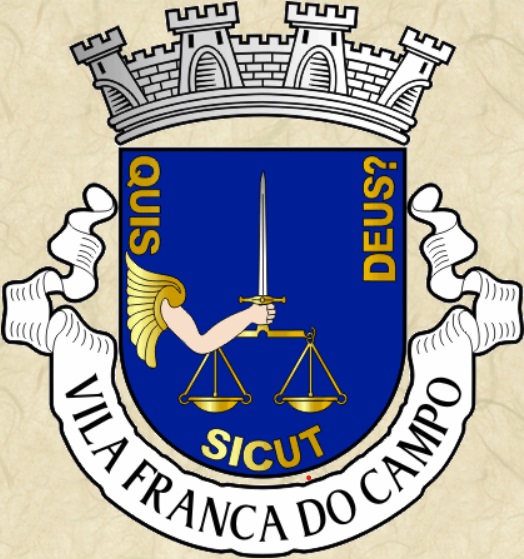





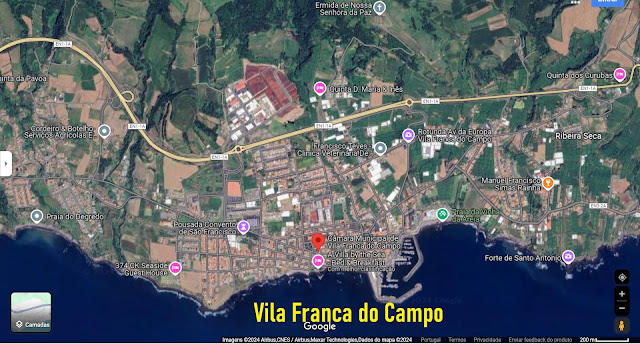







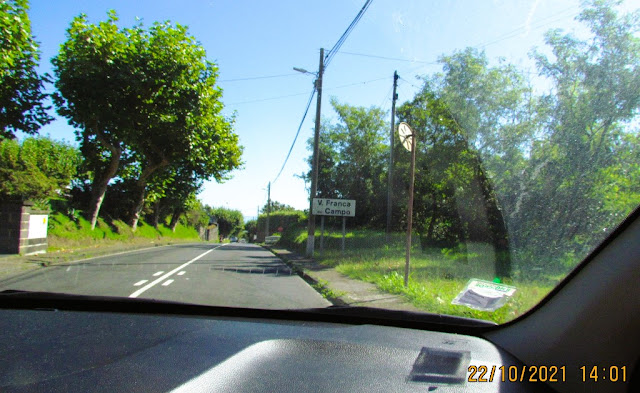


























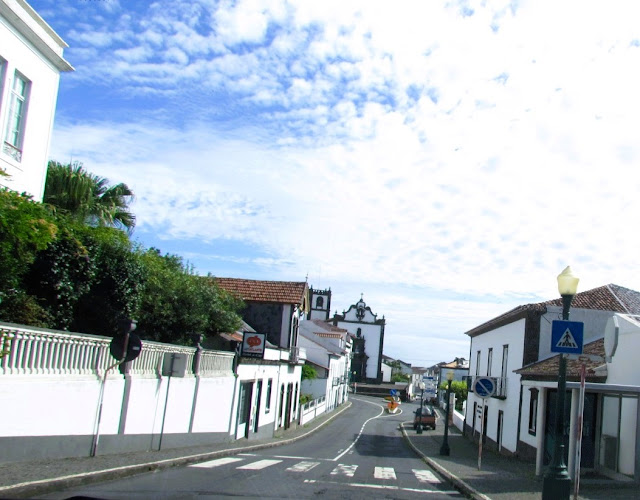



















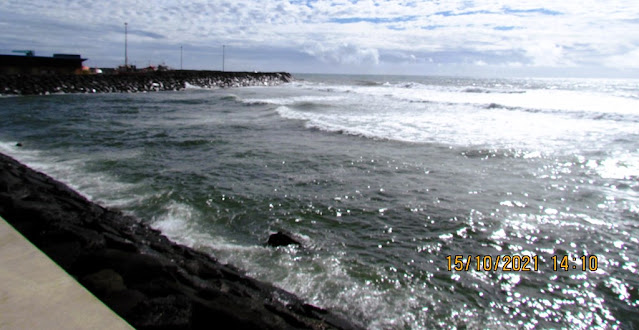













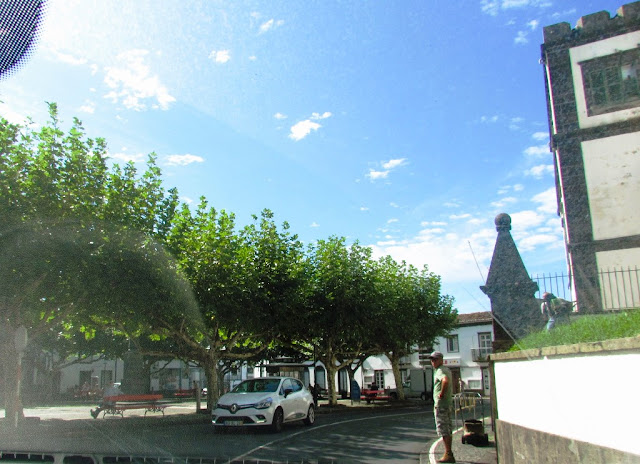

















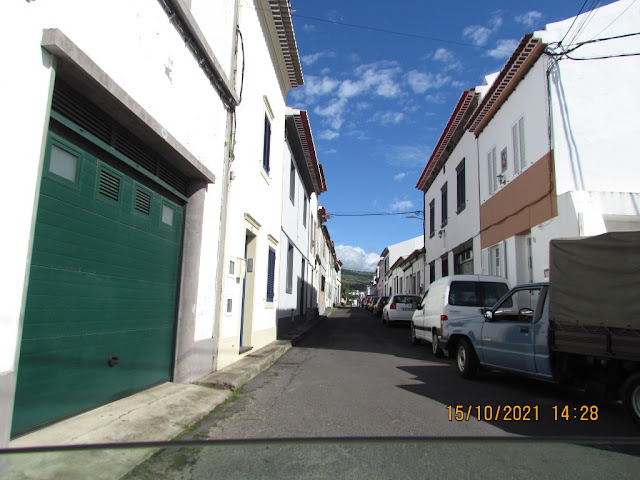










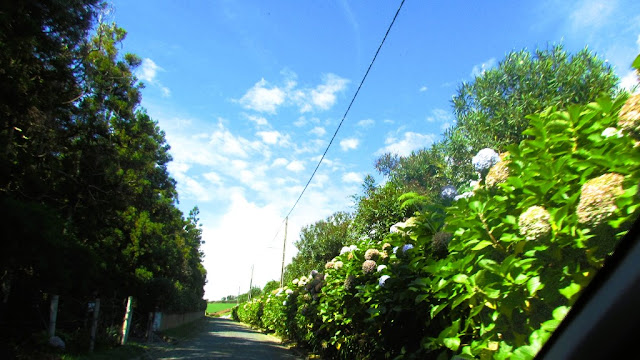



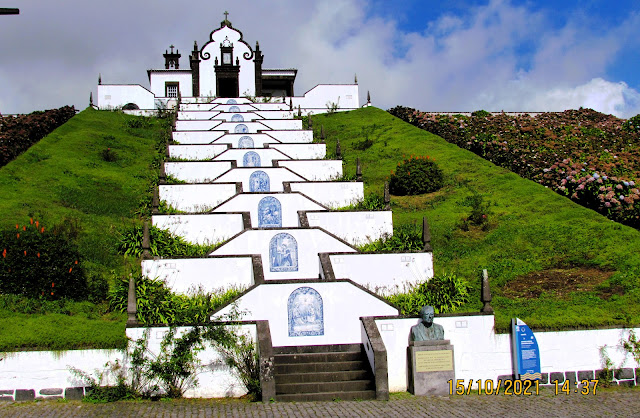





















































































No comments:
Post a Comment